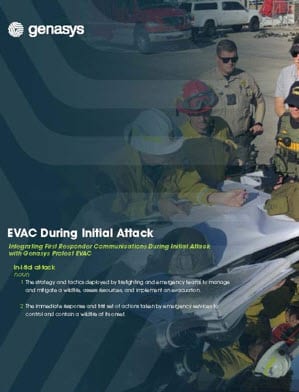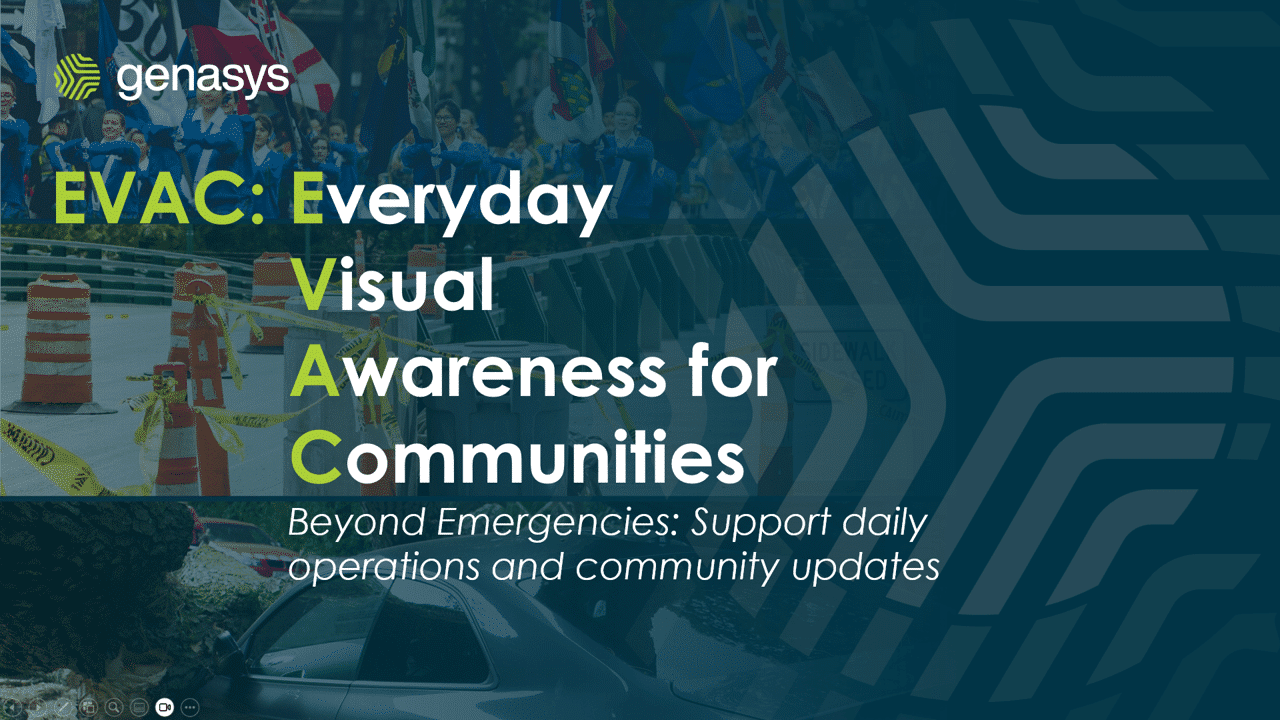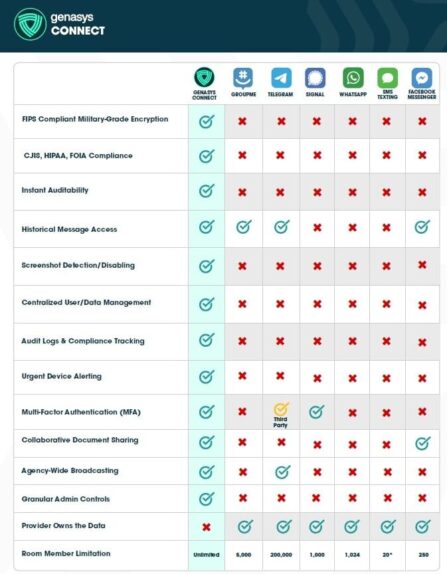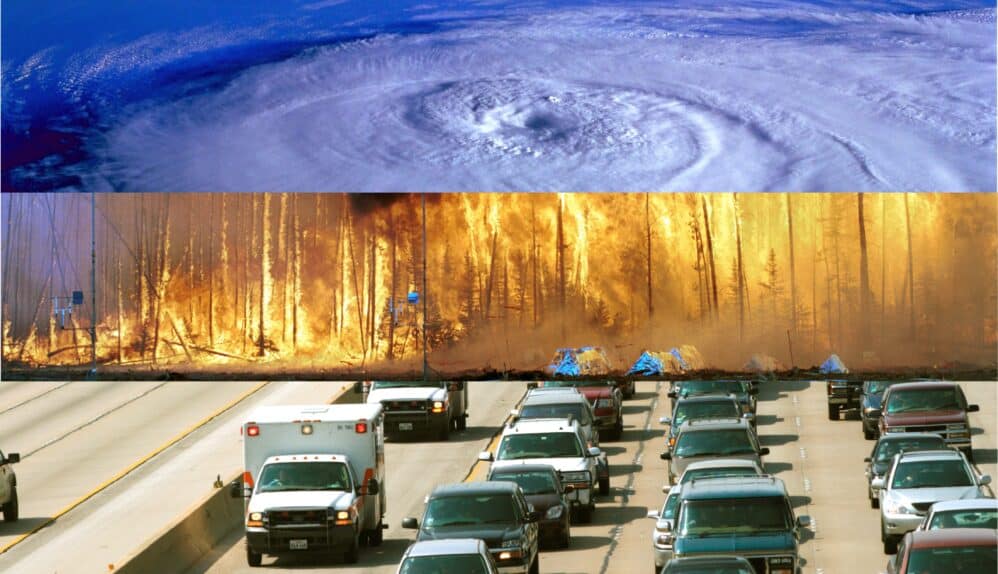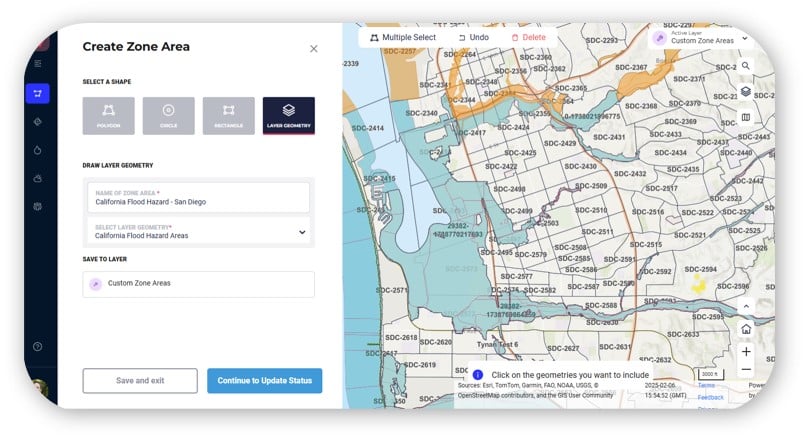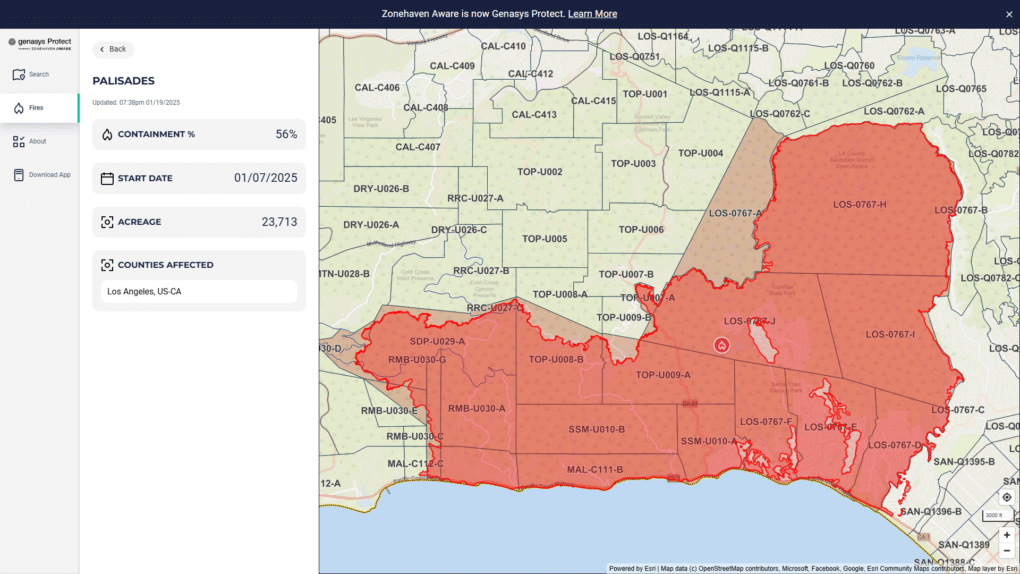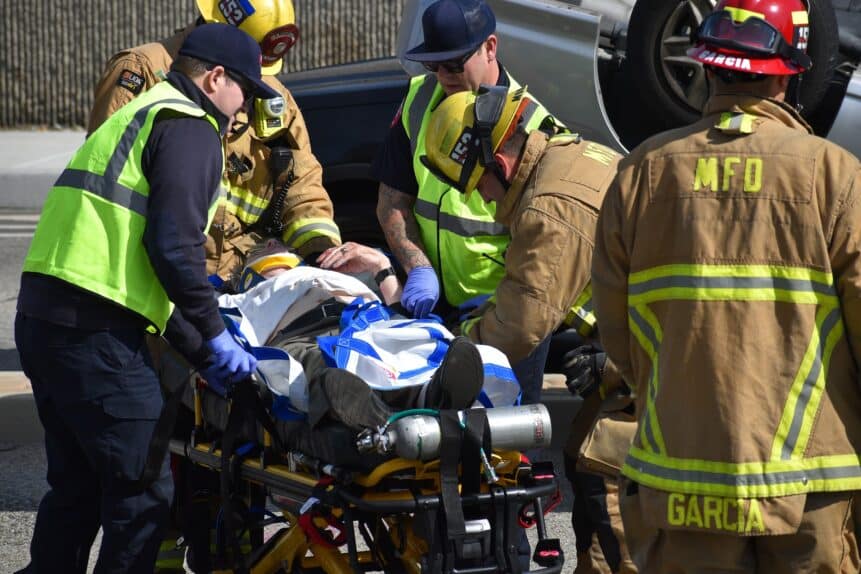By Jo Geisen, Customer Engagement Coordinator
Livestock add a level of complication to an evacuation, so preparing yourself, your property, and your animals for fire season is critical to saving lives.
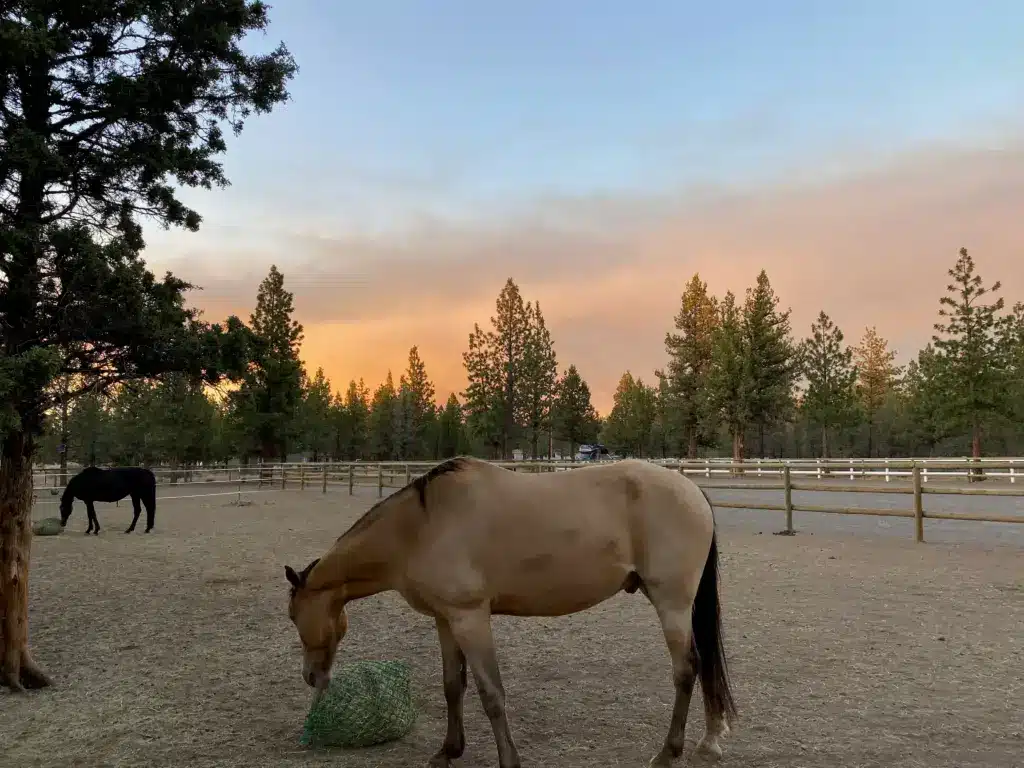
The learning curve for new livestock owners is steep. While this presents many opportunities for growth and learning, it can also be a bit scary, especially when the lives and safety of your animals are on the line. Few scenarios, if any, highlight this more than preparing for fire season.
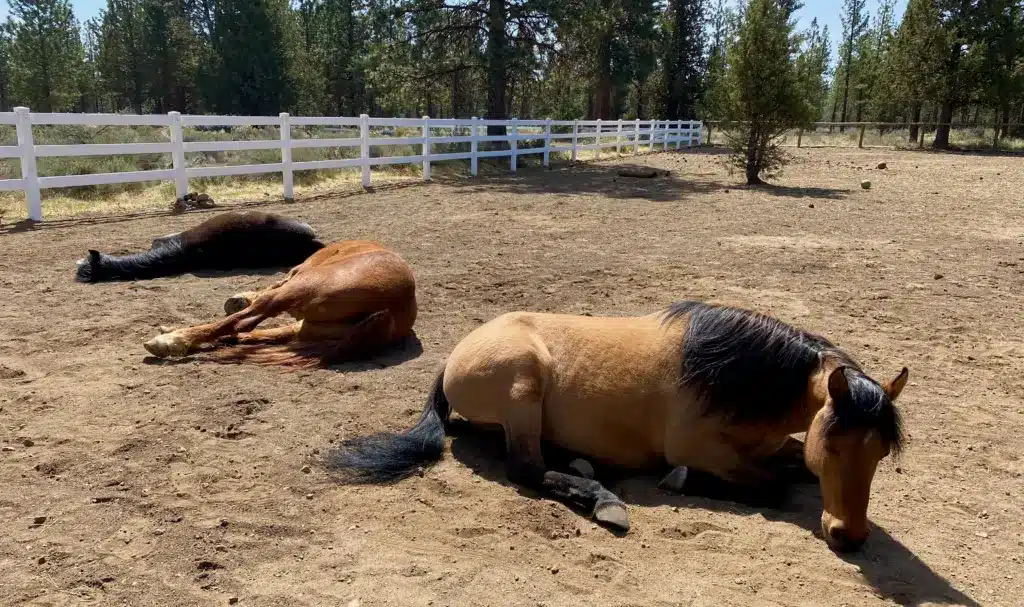
Luckily, we didn’t have to evacuate this time, and I had a large support network helping me through the process, but preparing for fire season is a daunting task for livestock owners. Establishing a network of your own is a critical part of that preparation.
Establishing a Support Network for Evacuations
- Coordinate with your neighbors (or if you board your animals, the property owners and staff) ahead of time to create a plan and assign general roles to each person. Make sure there is sufficient trailer space (and the vehicles to pull those trailers) to transport everyone’s animals. If your neighbors don’t have livestock, ask if they are willing to help evacuate yours and get them familiar with your specific animals and evacuation plan so they will be best equipped to help in the event of an evacuation.
- Join local Facebook groups dedicated to livestock evacuation. Many areas have groups or organizations dedicated to providing support (in the form of hands, trailers, evacuation points, etc.) to livestock owners in the event of an emergency. This is a great way to supplement your network because these groups are made up of people from a larger area, so likely not everyone will be on evacuation notice at the same time.
- Discuss your evacuation plans with others you know who own livestock. Creating your plans and going over them together can help make sure none of you are forgetting any pieces and ensure that all your bases are covered.
- Create a contact list with the names and contact information of everyone in your support network. Keep it somewhere easily accessible (ideally have it printed and in multiple locations around your property) so that anyone can use it in the event of an emergency. Include the numbers and addresses of your vet and possible temporary evacuation points.
In addition to creating a solid network, it is important to support that network in any way you can by preparing instructions and plans ahead of time. Every minute counts in an evacuation, so making sure anyone who shows up to help will be able to quickly understand what needs to be done and actually do it is imperative.
Maximizing Efficiency in the Event of an Evacuation
- Have an evacuation box prepared and in an easily accessible location—some of these items can be stored in your trailer/vehicle for the duration of fire season. Be sure to include:
- Non-nylon halters and lead ropes (nylon can melt)
- Photos and descriptions of each of your animals, along with any important information about their behavior (places they don’t like to be touched, hang-ups, etc.)
- Diagrams of your property and the location of your animals at any given time of the day
- Specific loading instructions/order (some animals will only load in a certain type of trailer, some can’t be loaded next to others, etc.)
- List of each animal’s diet and any medications/supplements
- First aid kit (for humans and animals)
- Knife, wire cutters, heavy gloves, headlamps/flashlights, etc.
- Hoof pick, brushes, fly spray, etc.
- Copies of vaccination/medical records, proof of ownership, etc.
- Written directions to your property so anyone can direct helpers/emergency response personnel to your location
- Contact list
- Have a printed list of everything that needs to happen in the event of an emergency, in order of importance, and have copies of that list in multiple locations so that anyone who comes to help can see what still needs to be done and nothing is forgotten in the chaos of the moment.
- If you can, put halters on your livestock first. That way anyone who comes to help can catch them more quickly, even if they don’t have experience with halters.
- Anyone not familiar or comfortable with livestock can still help by loading feed into the truck or trailer. You should have feed, supplements, medications, and water for all of your animals for three days at the minimum. Large trash cans with lids are great for transporting water and feed.
- Keep a truck hooked up to your trailer at all times if possible. This will give you a better chance of getting your animals out in the event of an evacuation with no warning, and will keep you from having to hook up a trailer under the added stress of an evacuation.
- Make sure you have the contact information of anyone driving a trailer with any of your animals in it. This will ensure you can track down all your animals if you get separated and end up at different evacuation points.
Preparing as much as possible before fire season will save you precious time in the event of an evacuation, and can help save the lives of your animals. In addition to establishing your support network and doing everything you can to maximize efficiency during an evacuation, it is also important to prepare your animals and property in advance.
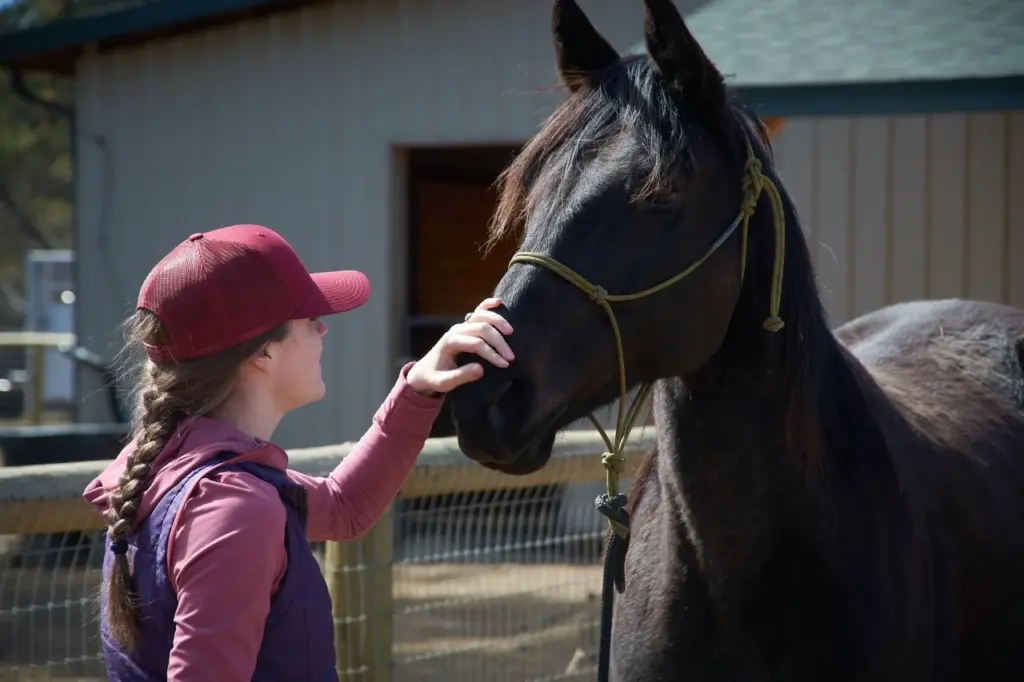
Preparing Your Animals and Property for Fire Season
- When creating defensible space around your home, don’t forget about your barn, paddocks, arenas, or other buildings.
- Plan for potential evacuation points. Be sure to have multiple in different directions and at different distances from your property so you have your bases covered no matter the location of the fire. Many counties will use the fairgrounds as a livestock evacuation center, but it’s a good idea to have other options in case the fairgrounds are full or you can’t get to them.
- Have a specified location where you will leave your animals if you are unable to evacuate them. Make sure it is far from brush or trees. Open-air arenas or similar areas are a great option. If you have to leave your animals, be sure they have food and water for at least three days, and don’t rely on automatic watering systems as power may not be available.
- If a fire is nearby and there is a chance you will need to evacuate (or simply for the duration of fire season), put some sort of identification on your animals in case you have to set them loose or you lose track of them at an evacuation point. This can be a metal tag braided into their hair, a tag around their neck, a brand/tattoo, writing/shaving in their coat, etc., just make sure it includes your name and phone number and is fireproof. If you write on your animals, be sure it is with a non-flammable substance.
- Keep your vehicles filled with gas and remember to start them every so often so the battery doesn’t die and you can be sure they are running reliably.
Sometimes, no matter how prepared you are, there just isn’t enough time to load up your livestock and get out. If you do not receive enough warning and need to evacuate immediately, do so. As scary and sad as it is, sometimes there isn’t enough time to get your livestock out with you. Firefighters will do their best to save any animals they can, but it is not their job to evacuate your animals. If the fire is already jumping into your fields or paddocks, set your animals loose and get them running. Open gates or cut fences for them so they aren’t trapped (and close gates behind them so they don’t return to the burning paddock you just released them from), and remove halters, ropes, or blankets, as these can get caught on things or catch on fire. Do not risk getting trapped on your property. The safety of yourself and other people is always the first priority.
Fire season is just getting started, and while I was lucky enough not to have to evacuate during the Grandview fire, there are many months of fires ahead. It is vital for me and everyone else with livestock to be as prepared as possible ahead of time. Every second counts in an evacuation. In addition to the preparations listed above, be sure to sign up for your area’s emergency notification alerting system.
If your county or city is connected with Genasys, visit protect.genasys.com to find your zone and check its status in real time. If not, find out what system your county uses and be sure to check it regularly. You can also write to or call your public officials and suggest Genasys Protect to them. Genasys provides an integrated platform that allows emergency responders to plan, execute, and communicate evacuations much more rapidly than traditional methods, saving precious time and lives of people and animals in the process.
If there is anything you think should be added to these lists, please put it in the comments on social media. Like I said above, it’s best to have multiple people collaborating on evacuation plans in order to cover any gaps or oversights each of us may have, so your input is encouraged and appreciated!



